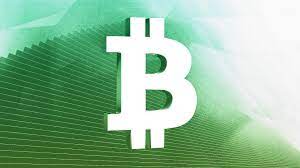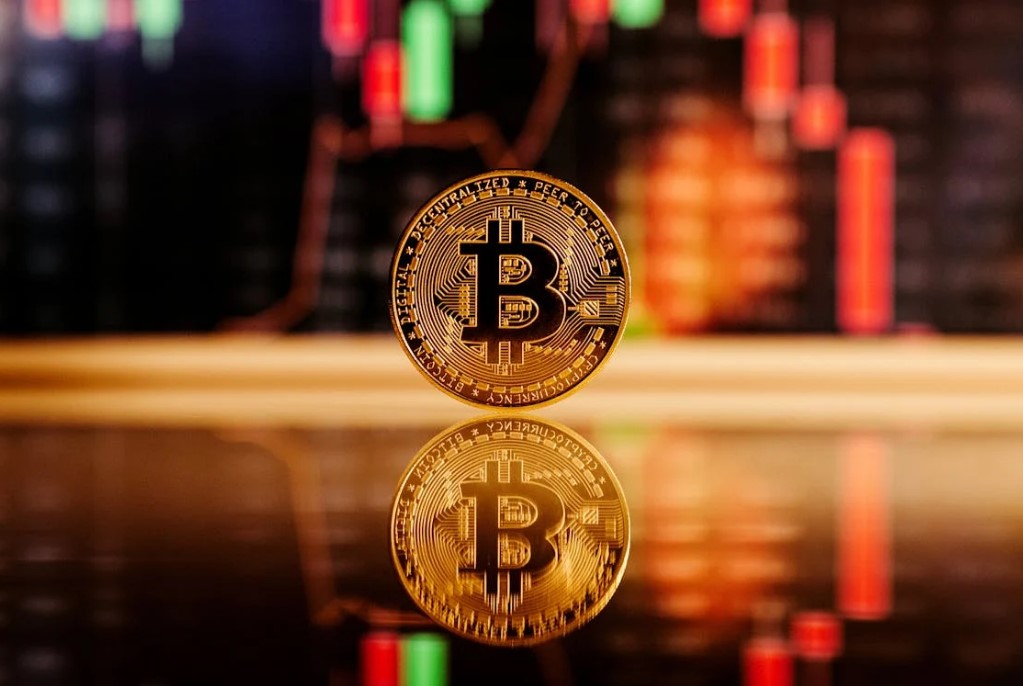
Binance Research recently released its latest report, and it maps the landscape of Bitcoin Ordinals, revealing an ecosystem—from DeFi and NFTs to tooling. The report explicitly points to the fact that inscriptions and BRC-20 tokens have played a significantly important role in catalyzing activity within the Bitcoin ecosystem over the past year. These innovations have not only lured new blood to the developer community but also sped up updates for projects and nurtured the innovation culture.
Inscriptions and BRC-20 tokens have impacted the Bitcoin ecosystem beyond transaction metrics and block demand, serving as catalysts for ecosystem developments.
In our new #Binance report, we examine their impact and latest developments.
Have a read ⬇️https://t.co/cxDJ30uAMg
— Binance Research (@BinanceResearch) February 8, 2024
Bitcoin’s Evolution In 2023
In 2023, Bitcoin experienced a significant turning point in cryptocurrencies. Some substantial advancements, like the spot BTC ETFs entering the scene and making improvements in its system, made things active again. More people started paying attention because of inscriptions/BRC-20s. This caused a lot of speculation and resulted in more transactions in the Bitcoin network.

Critics argue that inscriptions/BRC-20s might lead to network congestion and fees, while others see them as better scaling solutions for Bitcoin, especially with the introduction of Bitcoin Layer 2s (“L2s”). This directed the feeling of the community toward building and empowering the ecosystem as discussions on different Bitcoin applications gained traction.
Now, getting into recent developments, it is interesting to trace the evolution of inscriptions and BRC-20s during 2023. According to Casey Rodarmor’s “Ordinal Theory,” inscriptions allow individual Satoshis to have a unique identifier and be tracked, including any arbitrary content like text, images, or videos that come with these identities. The release of BRC-20s, created by pseudonymous Crypto Twitter user Domo, kicked off a flurry of new meme coins and greatly impacted speculative activity on the Bitcoin network.

Moreover, their impact was emphasized by the gradual increase in inscription minting, surpassing yearly milestones and boosting network fees. This increased activity, represented by heightened transaction counts and notable shifts in metrics like the average block size and transaction fees, signifies deep impacts on the BTC ecosystem.
The Ordinals protocol, originally developed on Bitcoin, has seen emulation across projects on different EVM-compatible chains, with transaction activity spiking significantly toward the end of 2023. However, spike-caused outages and performance issues highlight risks of increased activity in chain inscription









